Blogs

Adiposity and Osteoarthritis
carrying excessive weight has a plethora of physiologic effects

Common Red Flags
Recognizing when to stop and refer out is not a failure, it’s a critical component of responsible, patient-centered care.
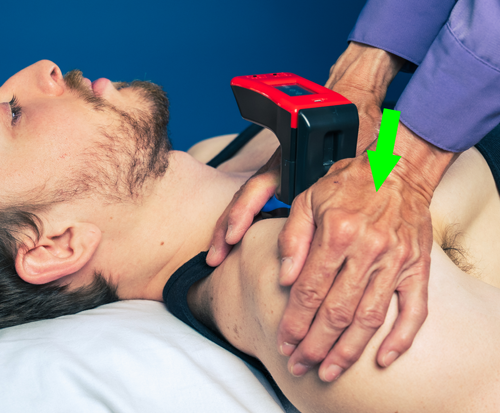
Shoulder Mobilizations: Does Direction Matter?
Evaluation of glenohumeral position influences the direction of glide to facilitate shoulder mobilization techniques.
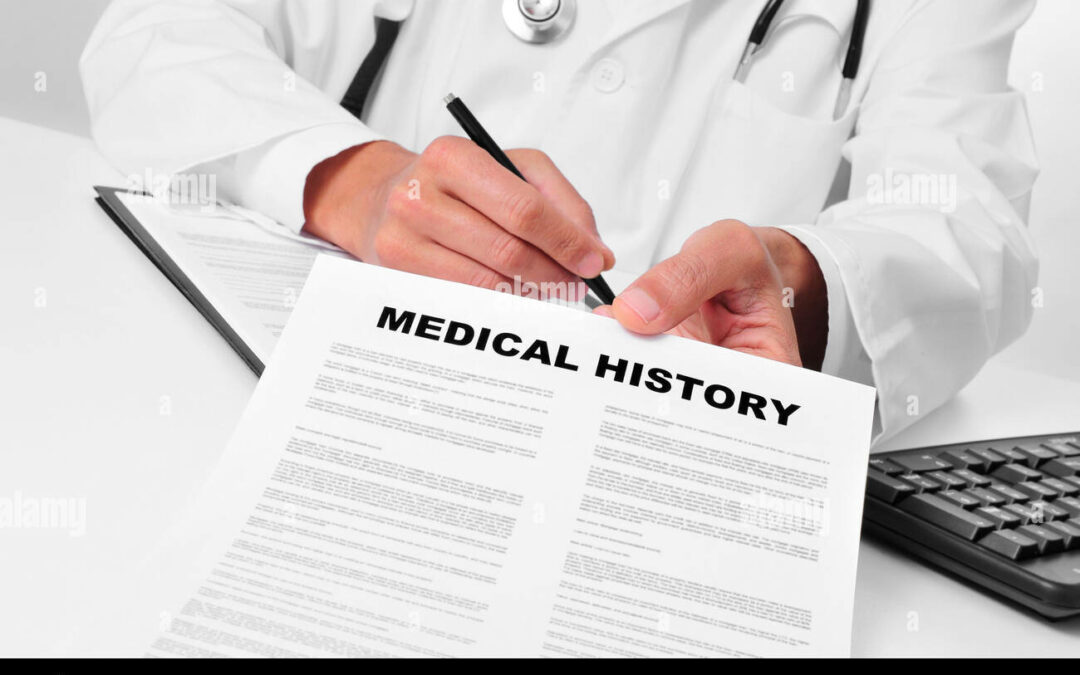
Why Patient History is Important
the single most powerful diagnostic tool isn’t a clinical test—it’s the patient’s history

The Science of Stretching
Stretching is one of the most misunderstood—and misapplied—components of athletic performance and injury prevention.

Mythbusters
Doing things just because that is the way things have always been done is not evidence-based medicine

Return to Sport
Returning an athlete to sport is one of the most critical (and complex) decision in orthopedic and sports rehabilitation.
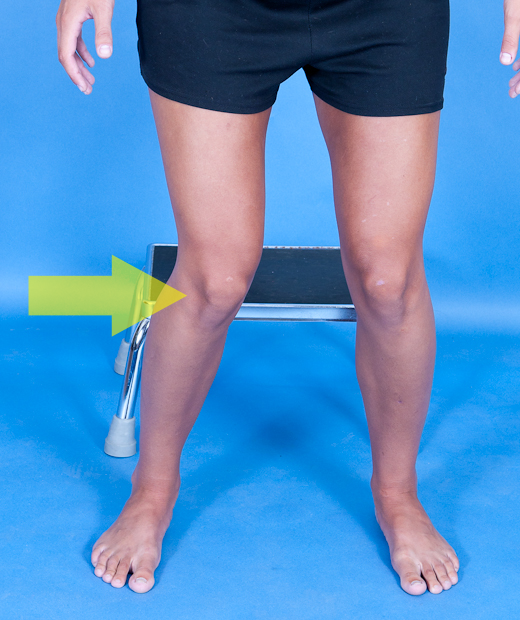
Top 5 Biomechanical Faults that Lead to Knee Injuries
Faulty biomechanics are often driven by weakness, poor neuromuscular control, or limited mobility in adjacent joints and commonly contribute to knee pain and dysfunction.
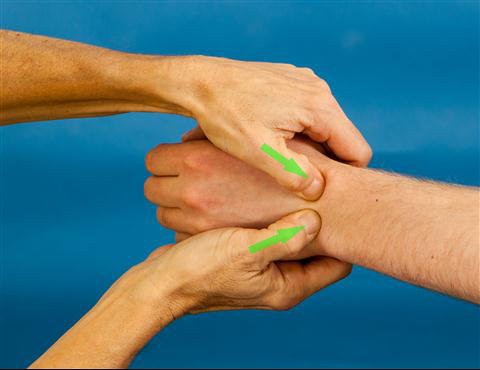
Methods of Assessing Wrist Stability
There are a variety of possible wrist injuries. Ruling out fracture, dislocation, and ligamentous instability are paramount.
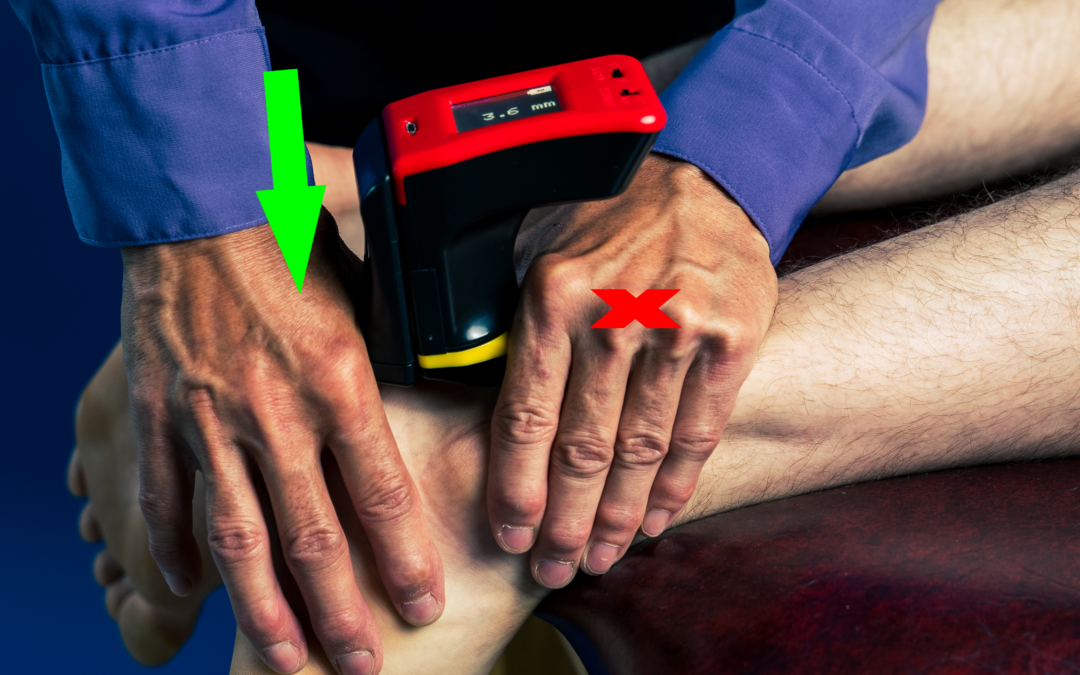
Not All Ankle Sprains Are Equal
Injuries to ankle ligaments typically fall into one of two buckets: Lateral and syndesmotic. Read on to learn about the clinical tests available.
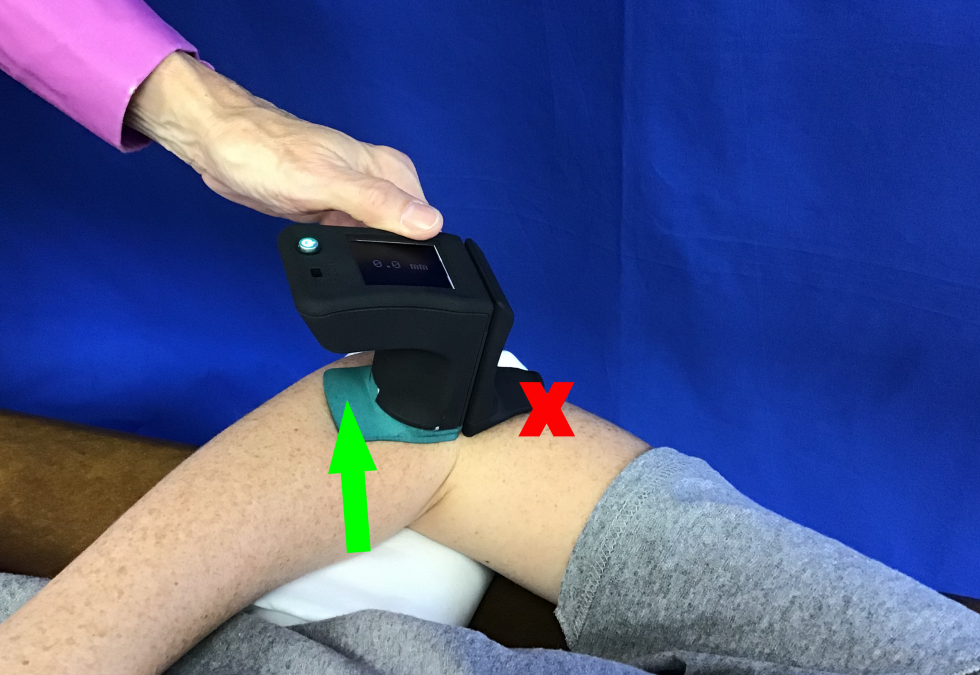
Elbow Joint Mobilizations
Elbow injury occurs on a rather frequent basis and often joint mobilization techniques are employed to assist in the recovery
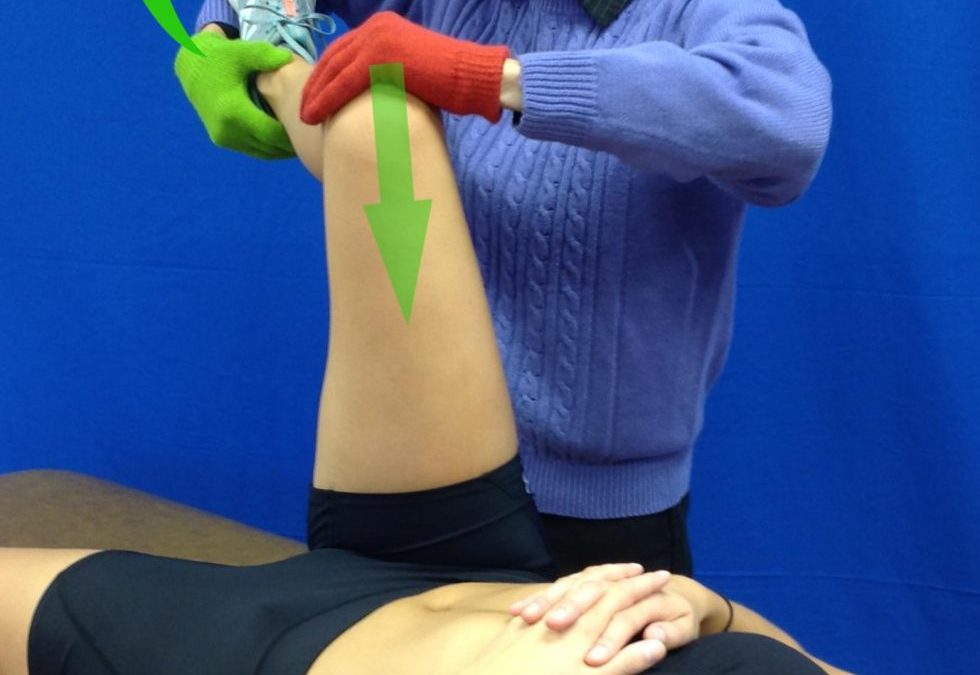
Impingement Tests of the Hip
FAI is a condition of abnormal and wearing contact between the ball and socket of the hip joint resulting in damage to the joint.
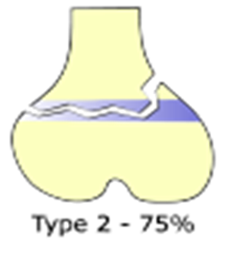
Growth Plate Injuries
Growth Plate Injuries Fractures are a common injury. In fact, there are approximately 6.3 million fractures each year in the USA. There are a variety of types of fractures: compound, transverse, comminuted, and oblique to name a few. However,...

Role of Nutrition in Orthopedics
Role of Nutrition in Orthopedics BACK-STORY: For many years, I have been interested in the role of nutrition in healthcare. As an academic, I have tried to infuse this material into the various pathology and orthopedic courses I teach. I have...
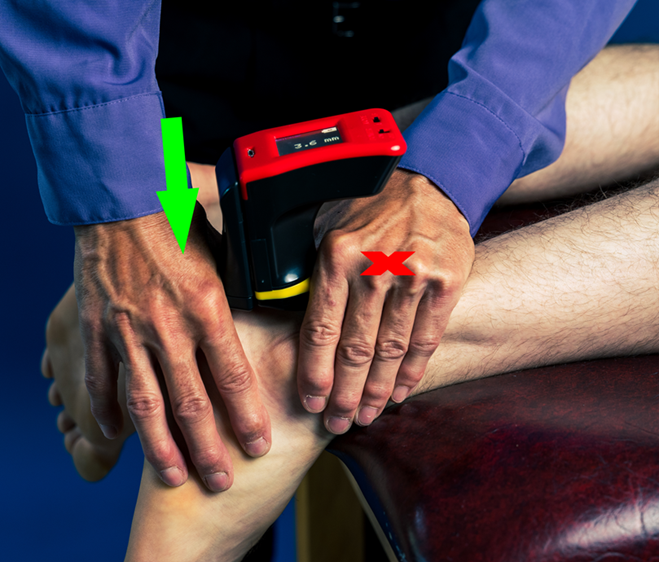
Are you using PRECISE measures?
Are you using PRECISE measures? Orthopedics is about precision. Why do we wiggle a joint and subjectively draw a conclusion about its instability? We need to do better. Research has demonstrated digital...
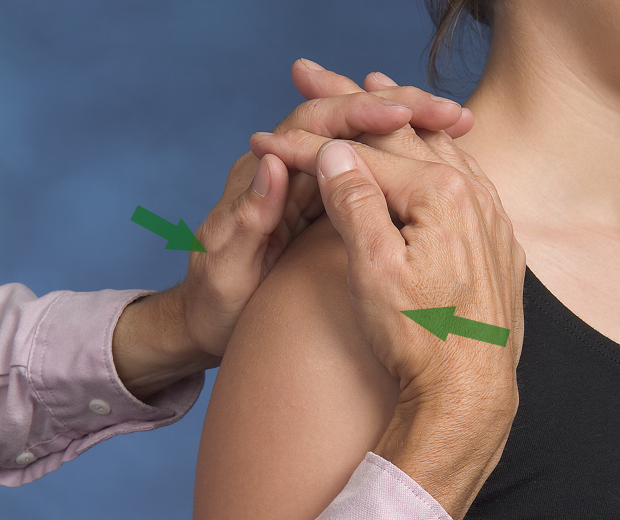
Clustering A-C Tests to Confirm a Diagnosis
Statistics show the clustering of A-C Tests can be valuable in confirming a diagnosis
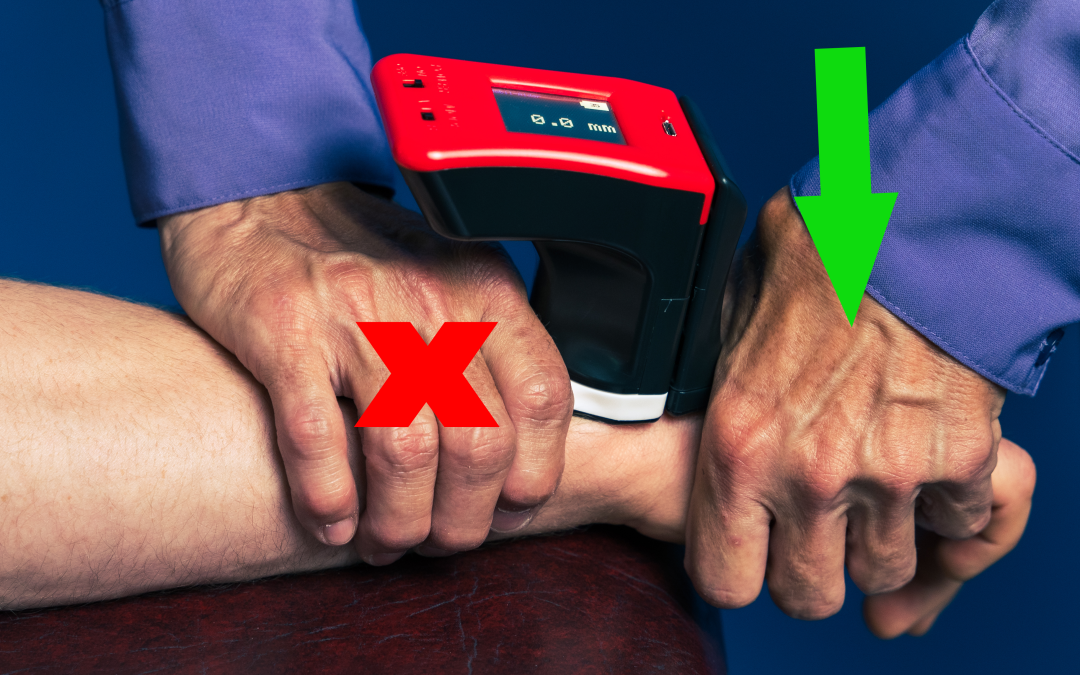
Wrist Mobilization Techniques
Wrist joint mobilization techniques to enhance function are demonstrated and the Mobil-Aider is used to show how the motions can be quantified.
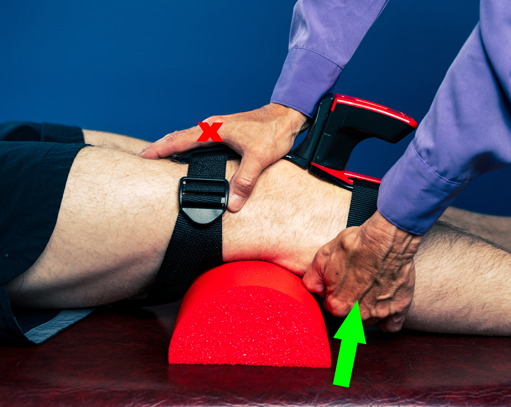
Quantifying ACL Testing
The Mobil-Aider device is an innovative tool to quantify ACL laxity.
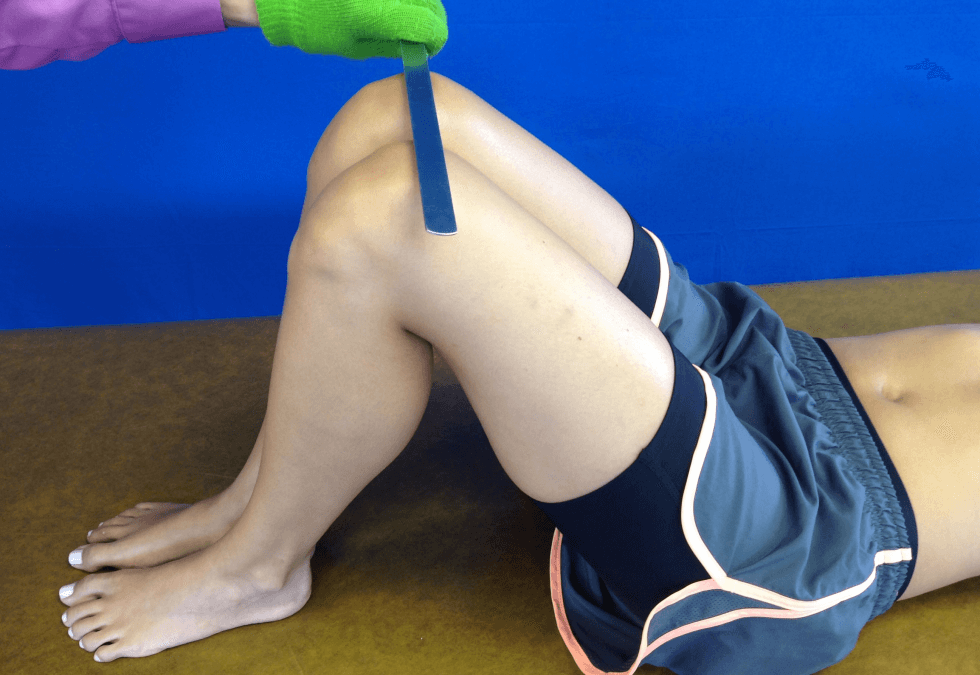
Assessing Leg Length
Just because we can do something does not mean we should!
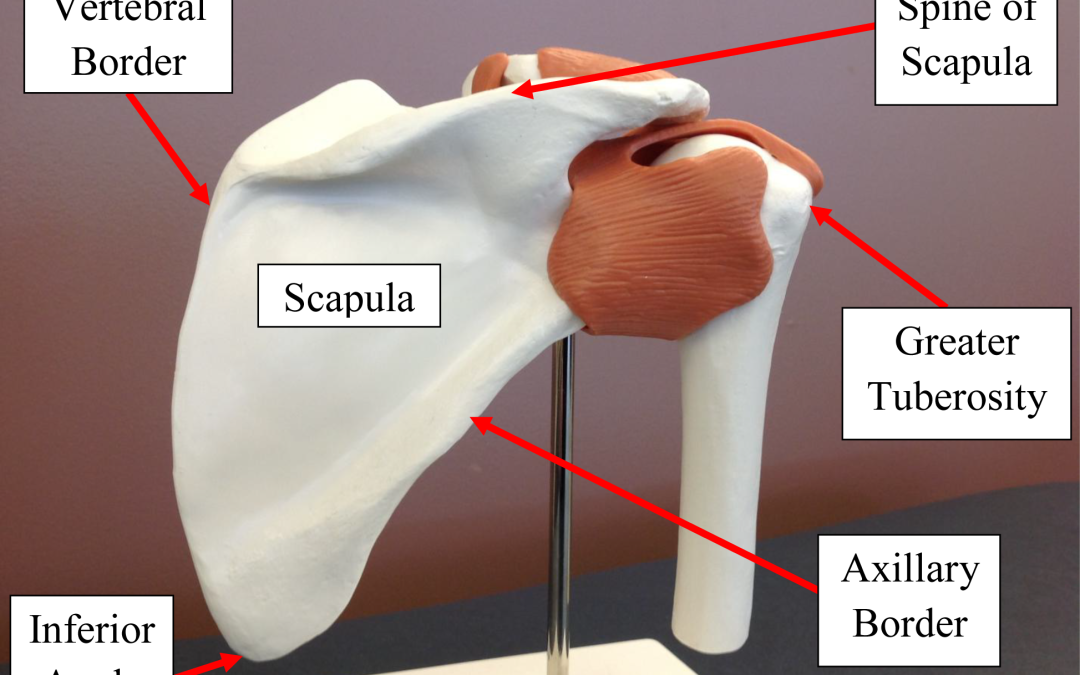
Importance of Shoulder Palpation
Importance of Shoulder Palpation Can you put 1 finger on the location of your pain? A question frequently used to identify the location of a patient’s pain. This can be a very helpful piece of information. From there, we typical move away from that location...
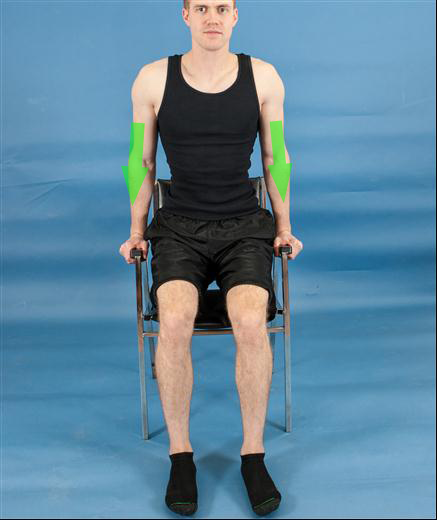
Tests to Incriminate the TFCC
The TFCC provides stability and cushion while transmitting an axial load between the carpals and the ulna.
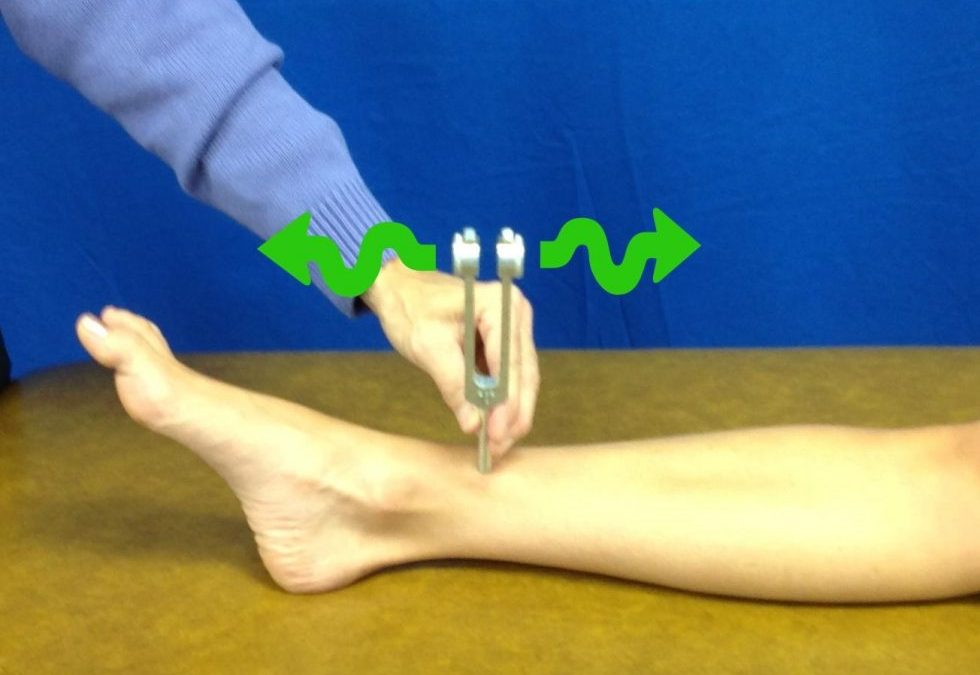
Is it broken?
Identifying the clinical tests to screen for ankle & foot fractures

Clinical Predictor Rules for Spinal Manipulation
Use of these clinical predictor rules can be very valuable in directing the course of interventions to achieve a greater chance of success.
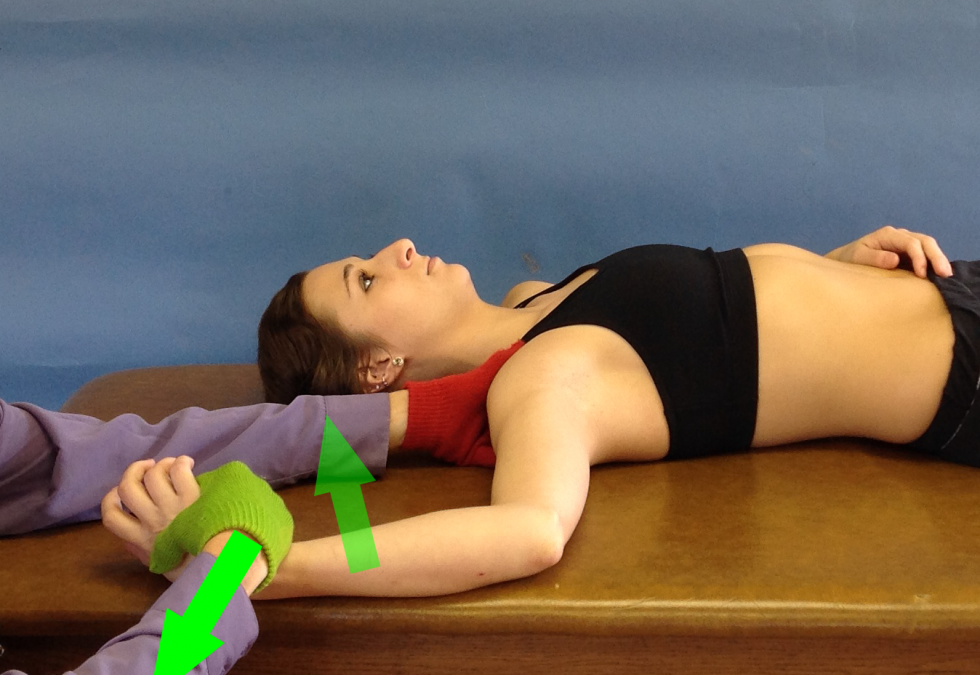
Glenohumeral Labral Tests
There are more than 17 clinical tests for the shoulder labrum. Learn more about them here.
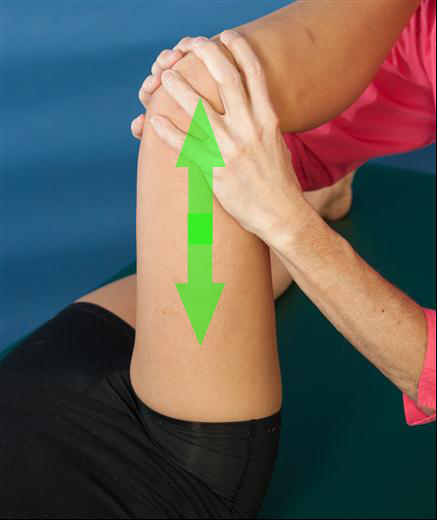
Pediatric Hip Stability Assessment
Pediatric Hip Stability Assessment Congenital hip dislocation (CHD) is a condition that can occur in utero. Another name for this condition is “developmental dysplasia of the hip.” Hip instability is one of the most common abnormality in...
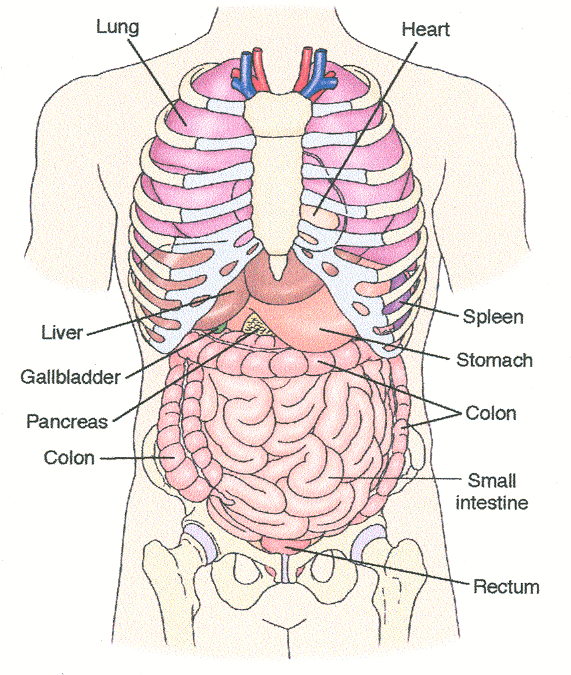
Assessing Abdominal Pain
For more cutting edge orthopedic information in iOrtho+ Mobile App, please visit https://iortho.xyz/
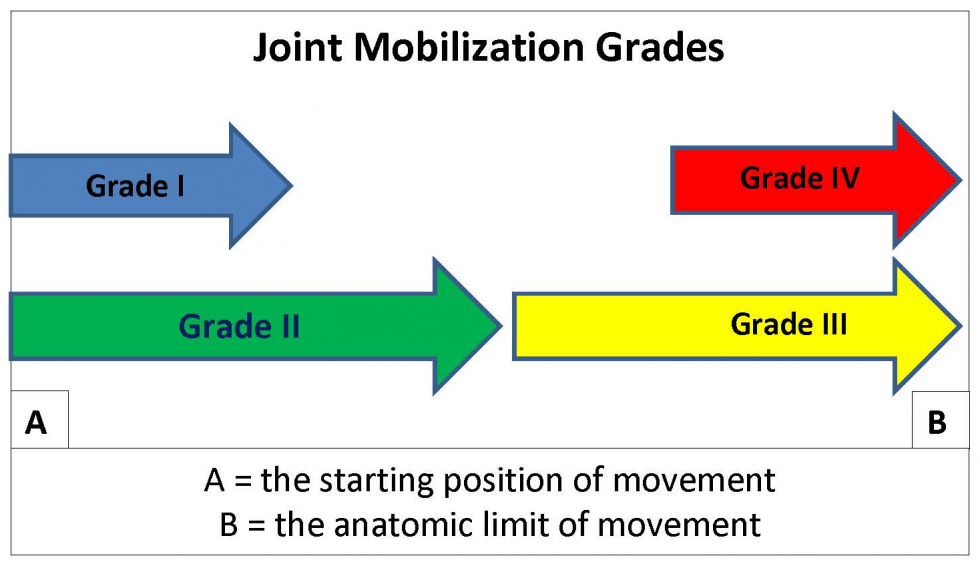
Joint Mobilizations
Joint mobilizations are valuable in restoring functional mobility. The Mobil-Aider can enhance the ability to quantify the techniques.
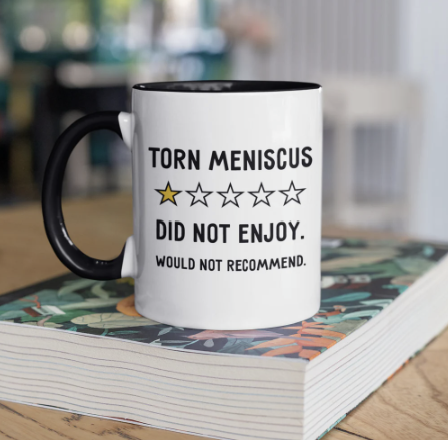
Selecting the Best Meniscal Tests
With a variety of knee meniscal tests available, one needs to appreciate the options, the proper techniques, and the statistical implications to make evidence-based clinical decisions.
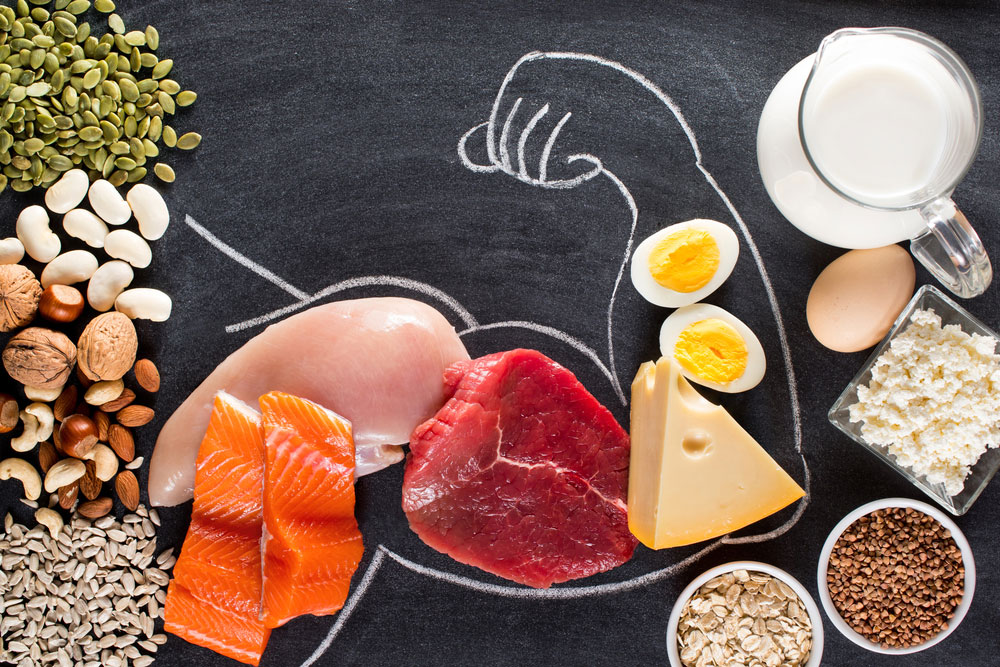
Importance of Collagen Supplements
Did you know that collagen is the most abundant protein in your body? It is an important supplement for soft tissue repair of tissues like skin, ligaments, tendons, and muscles.

Estimating 1-Repetition Maximum
Estimating 1-Repetition Maximum Effective rehabilitation requires appropriate dosing of therapeutic exercise. Dosing is traditionally based on 1-repetition maximum (1-RM) lifting. Achieving therapeutic goals are related to using the appropriate...
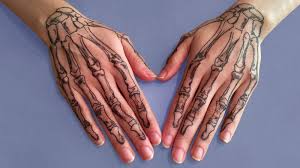
Strategy to Palpate Carpal Bones
Strategy to Palpate Carpal Bones Palpation can be challenging when the structures being identified are as small or smaller than your own fingertip. This is the case of the carpal bones. Palpation in such compact areas requires a thorough knowledge of...

Agility Testing
Agility Testing Agility testing can be valuable in assessing function. It is often helpful to have pre-test information in case of athletes but that is not very...
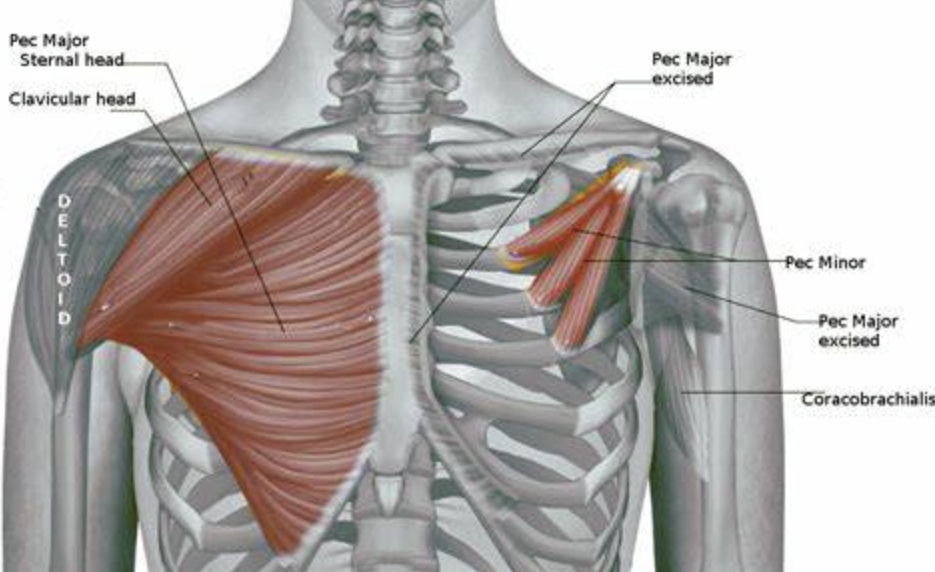
Quantifying Pectoralis Muscle Tightness
Because of the way we function with most activities of daily living occurring in front of us, the pectoralis muscles tend to get tight. Significant imbalance can occur between our anterior and posterior musculature

Deep Tendon Reflexes by the Numbers
Hyperactive reflexes may indicate pathology above the level of the reflex arc. Hypoactive reflexes may be the result of muscle, nerve, nerve root, or spinal cord damage.
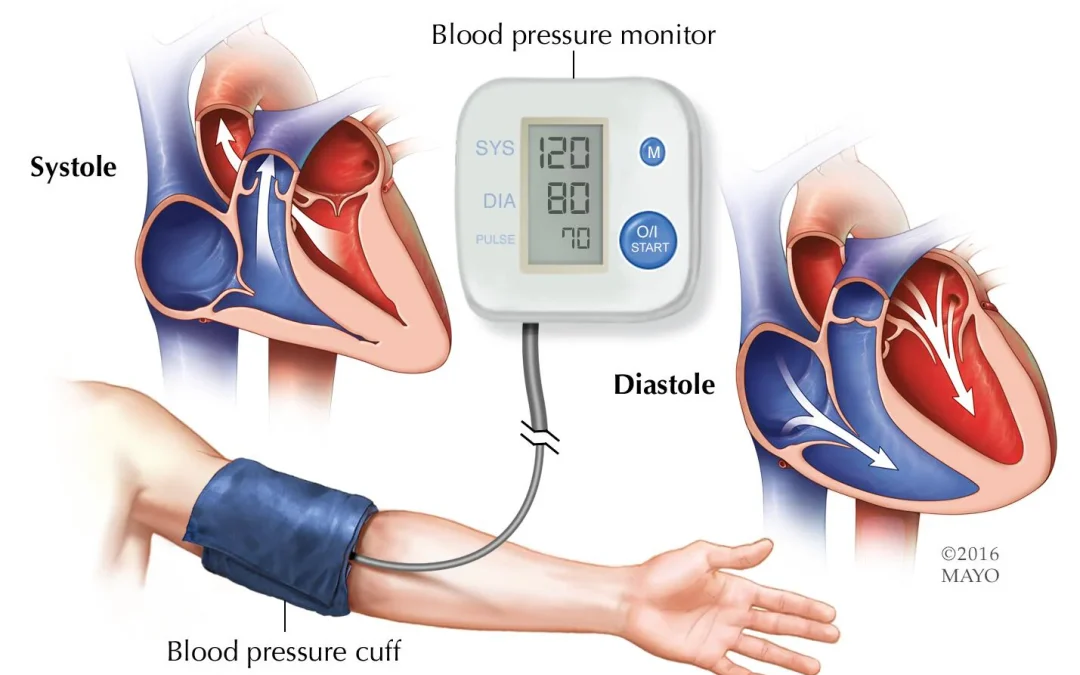
BLOOD PRESSURE: It’s called a “Vital Sign” for a reason
BLOOD PRESSURE: It's called a "Vital Sign" for a reason Reliable and accurate blood pressure (BP) measurements are essential for proper diagnosis and treatment of medical conditions. There is a reason BP is known as a “vital sign.” It has been...
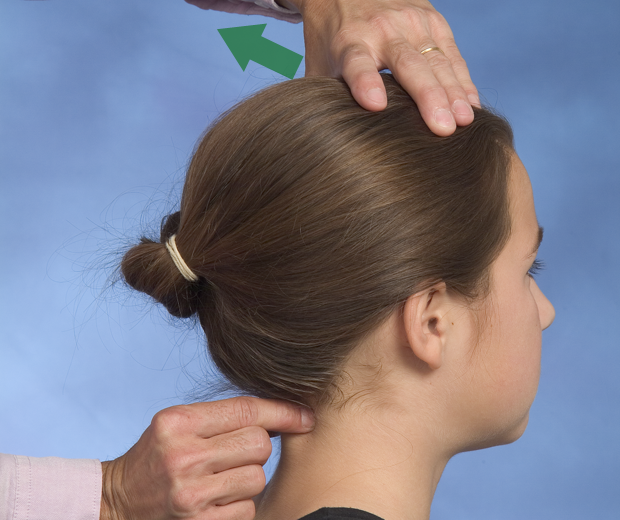
Testing Cervical Spine Stability
Testing Cervical Spine Stability In a previous post, “When are C-Spine Radiographs Needed?” we discussed the importance of fracture screening for the cervical spine (April 3, 2024). This is an essential step prior to...
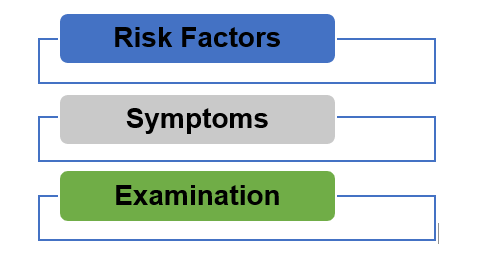
Assessing Risk of Bone Stress Injuries
Assessing Risk for Bone Stress Injuries What are Bone Stress Injuries? A Bone Stress Injury (BSI) is the result of a bone’s inability to tolerate repeated mechanical loads. Microdamage is threshold dependent. Once the...
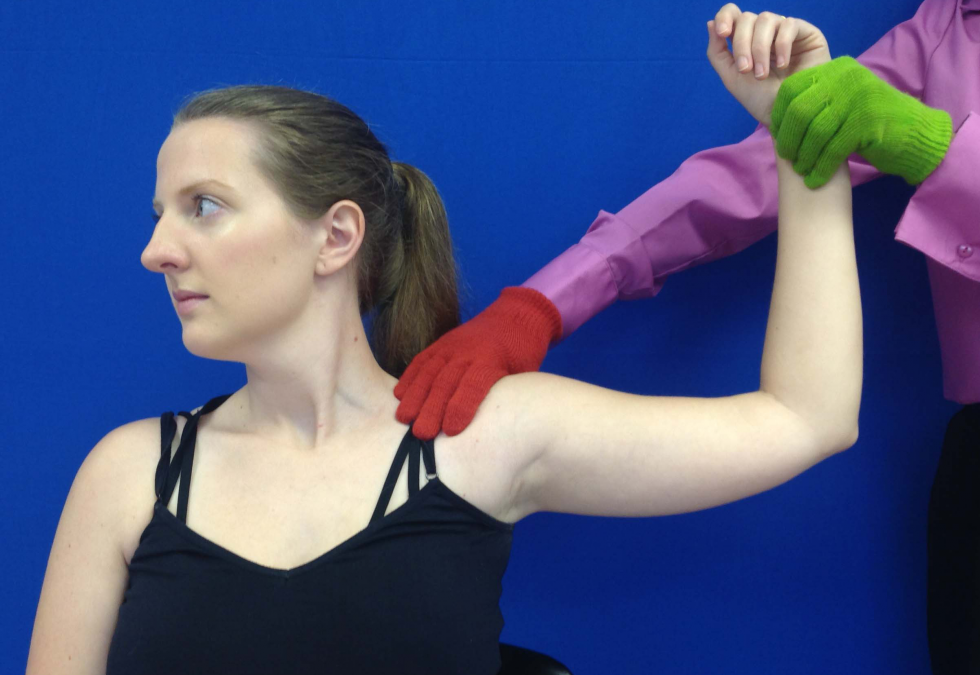
TOS: Why Do We Take a Pulse When the Problem is Neurologic?
TOS tests are influenced by the criteria used to establish a positive test, i.e. vascular or neurologic.
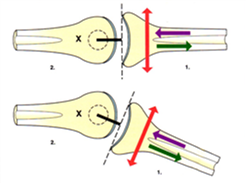
When Convex-Concave Rule Meets Clinical Practice
When Convex-Concave Rule Meets Clinical Practice The convex-concave rule was developed by Freddie Kaltenborn. It has been taught for decades as the way to explain the arthrokinematics of a joint. It identifies that when the...
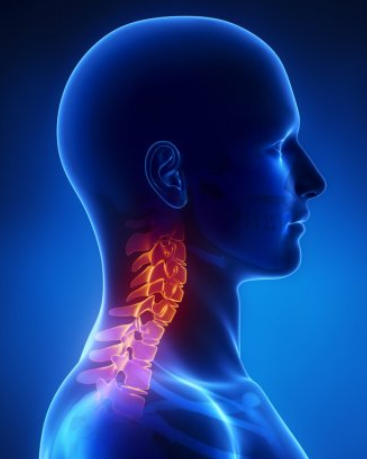
When are C-Spine Radiographs Needed?
When are C-Spine Radiographs Needed? When someone experiences a cervical spine trauma, extreme caution should be taken to determine if radiographs are needed. The Canadian Spine Rules and the NEXUS Spine...

Why is iOrtho+ Premium a WEB- BASED APP?
Why is iOrtho+ Premium a WEB- BASED APP? The concept of web applications dates back to the early days of the internet (1990’s). The launch of the iPhone in 2007 was a significant milestone in app development. The App Store was introduced...
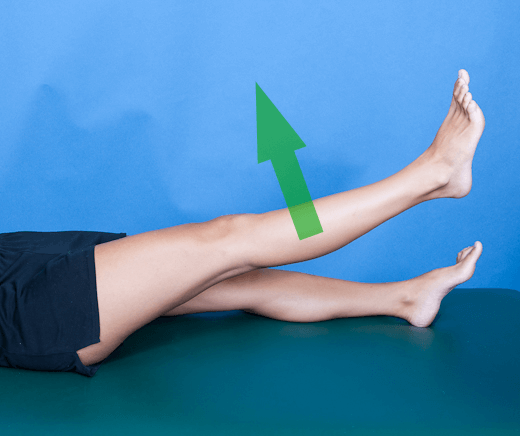
Clinical Predictor Rules for Spinal Manipulation
Evidence-based practice includes the ability to use published literature to influence clinical decision-making.

When are Knee Radiographs Recommended?
When are Knee Radiographs Recommended? When evaluating injuries to the knee it is usually helpful to know something about the mechanism of injury, the environment, and the footwear. The timing/location of the pain and the...
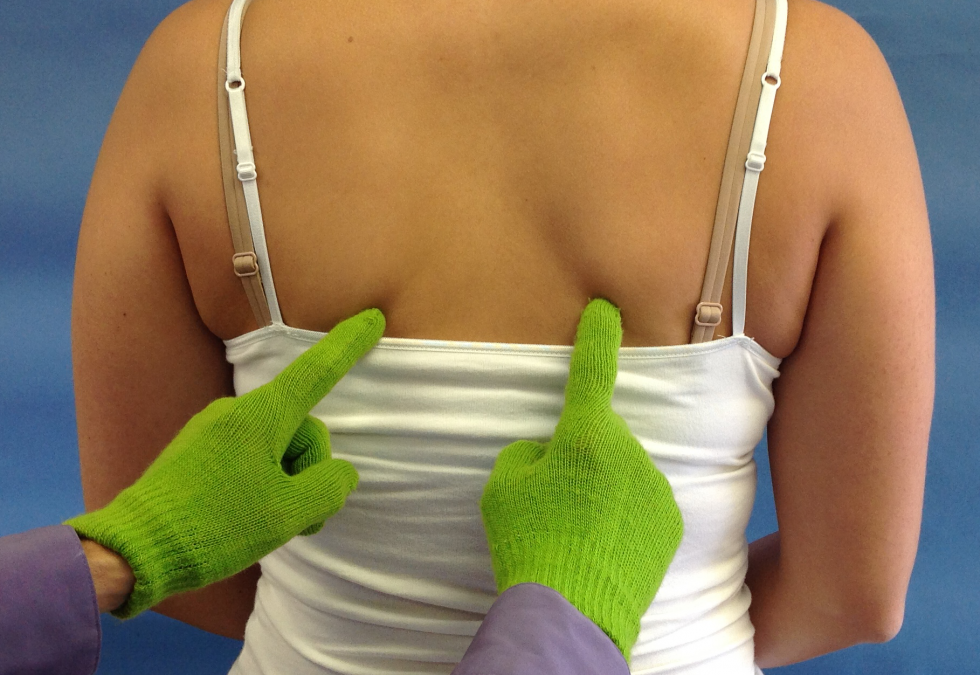
Do you have a SICK Scapula?
The SICK Scapula is a combination of:
Scapular malposition
Inferior medial border prominence
Coracoid pain
dysKinesis of scapular movement
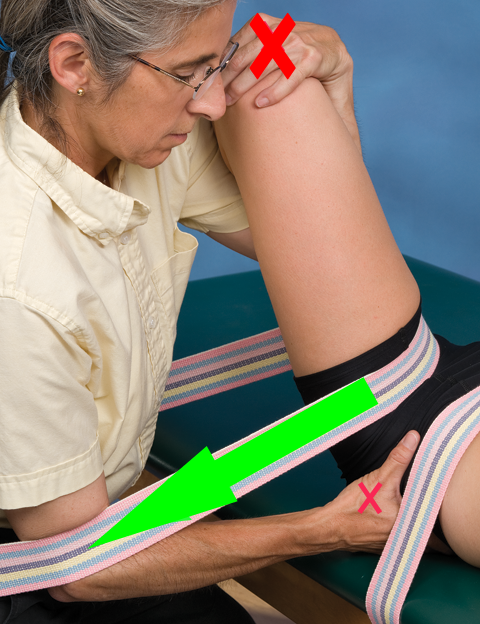
Hip Mobilization Techniques
Using a mobilization strap can enhance grip, reduce sliding on client’s skin, and accommodate for a size disparity between the client and the clinician.
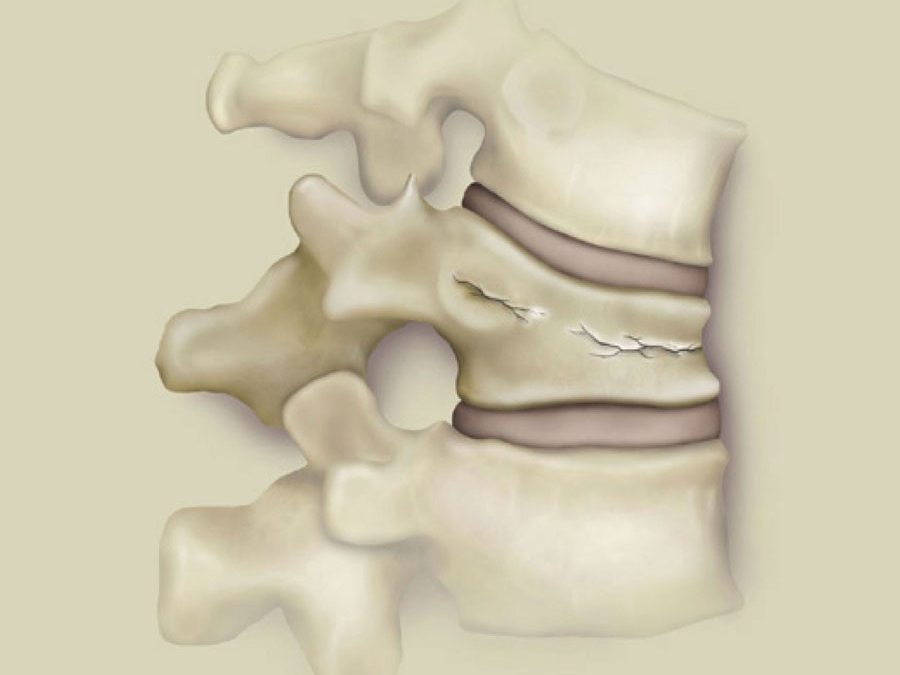
When Low Back Pain could be a Compression Fracture
Two sets of risk factors for the identification of lumbar compression fractures will be reviewed
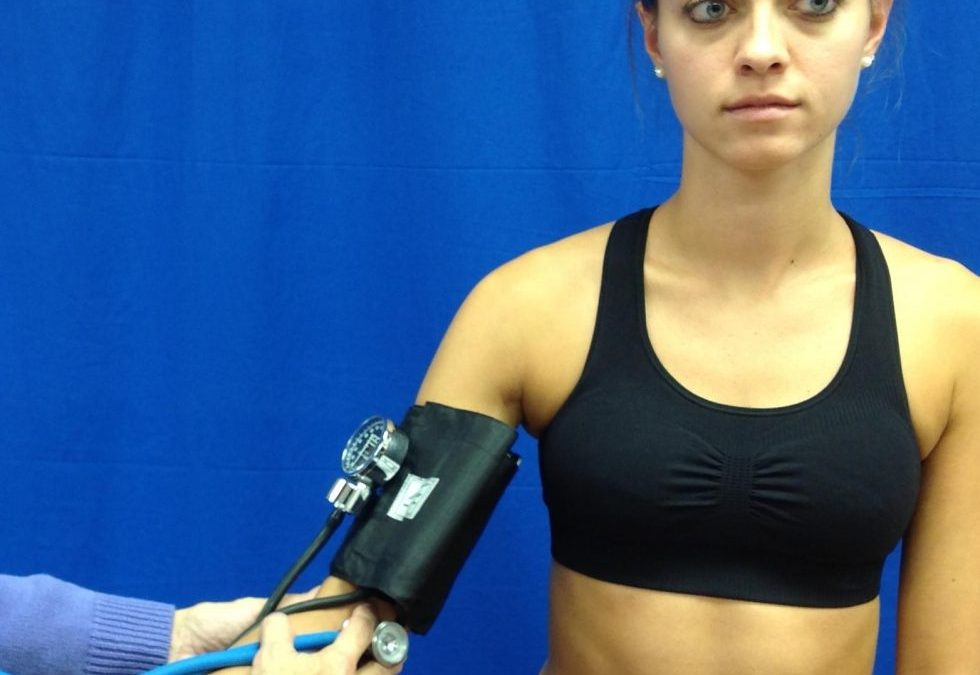
Ankle – Brachial Index (ABI)
The Ankle-Brachial Index (ABI) is an excellent diagnostic and screening test.

Do you know the iOrtho+ Premium story?
Do you know the iOrtho+ Premium story? Today I would like to share with you the journey of iOrtho+ Premium App. In an academic environment, we frequently try to find resources to help our students be successful. If they are not...

Changing Behavior Can Be Challenging
Changing Behavior Can Be Challenging As clinicians, we do our best to provide quality patient care. We study in school to pass boards and then continue to...
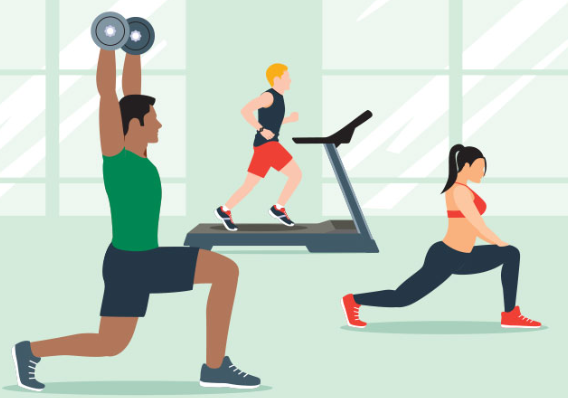
Where did 3 sets of 10 reps come from?
Where did 3 sets of 10 reps come from? Is doing 3 sets of 10 repetitions wrong? Why or why not? Do you understand why that parameter started in the first place? As clinicians we should understand the physiological...

It’s NOT Just About Pain
...
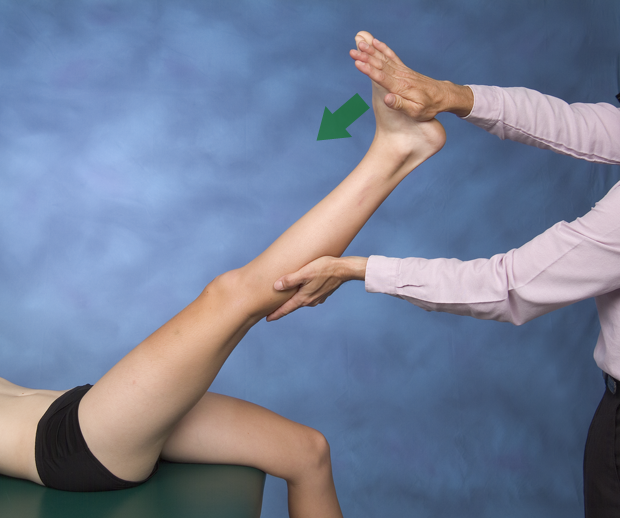
Lower Limb Tension Tests : SLR Variations
Learn about 8 SLR variations
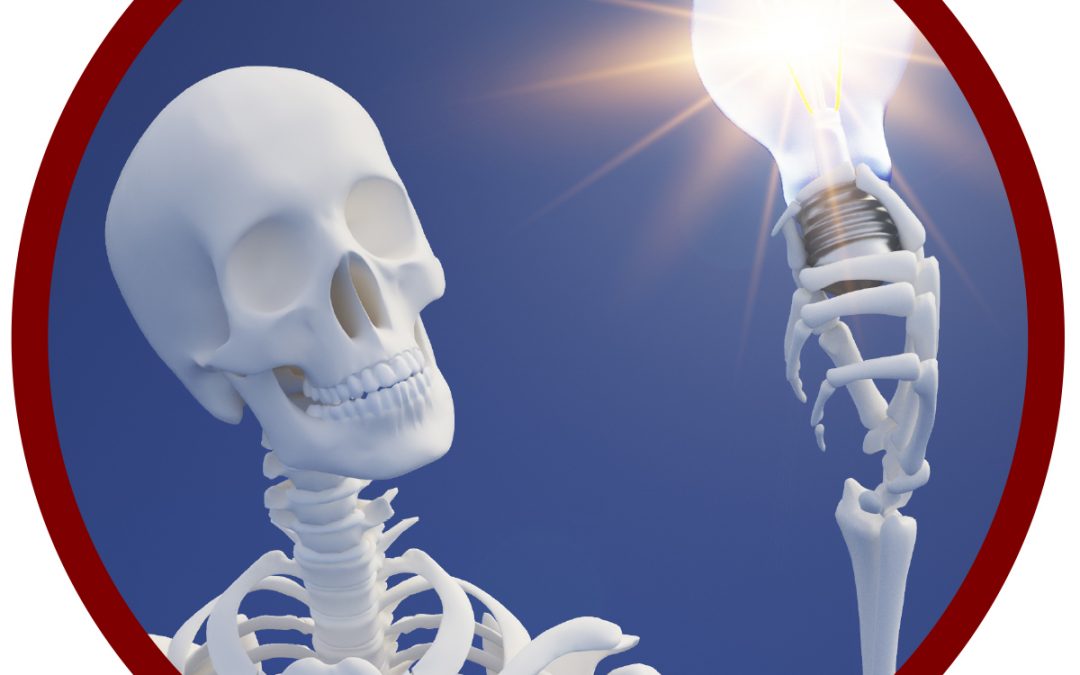
Provocation Tests
Provocation Tests On occur, we are faced with individuals who present with a signs or symptoms that are inconsistent. It may be hard to determine if they are experiencing severe pain,...
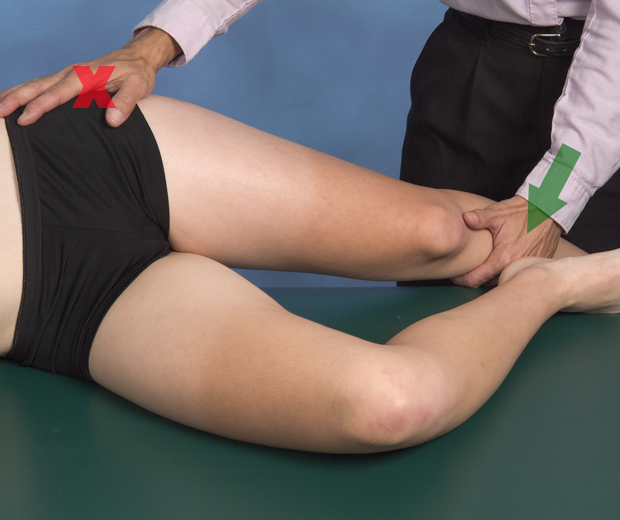
Assessing ITB Tension
Assessing ITB Tension The iliotibial band (ITB) originates from the anterolateral aspect of the iliac crest, down the lateral thigh, and the band of...

Visceral Screening: An Important Aspect of Direct Access
Visceral screening often includes reference to “red flags.”
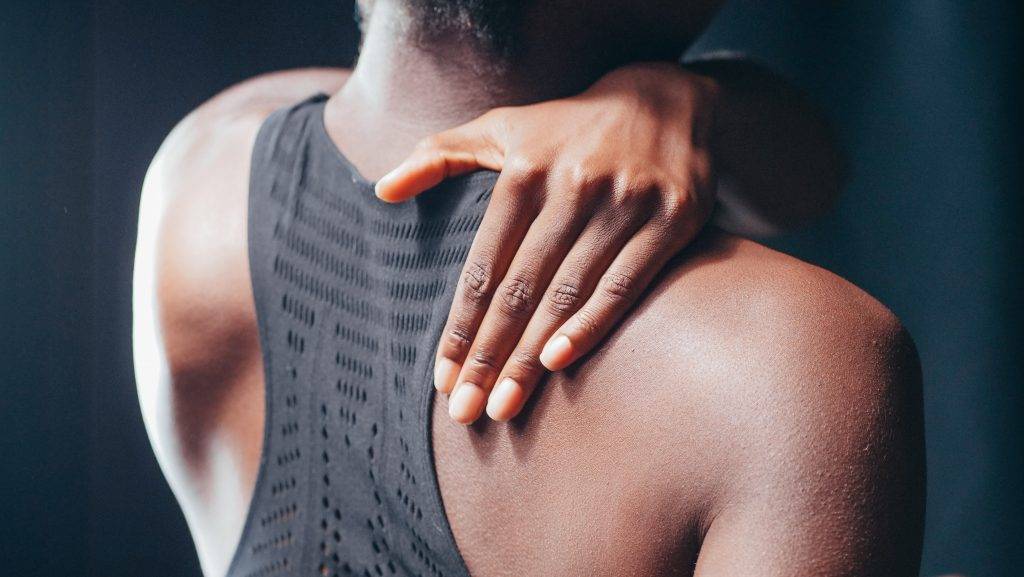
Treating Myofascial Trigger Points (MTrPs)
Treating Myofascial Trigger Points Myofascial trigger points (MTrP) are a common source of musculoskeletal pain affecting a variety of ages and occupations. Travell and Simons defined a MTrP as “a hyperirritable spot in skeletal muscle...
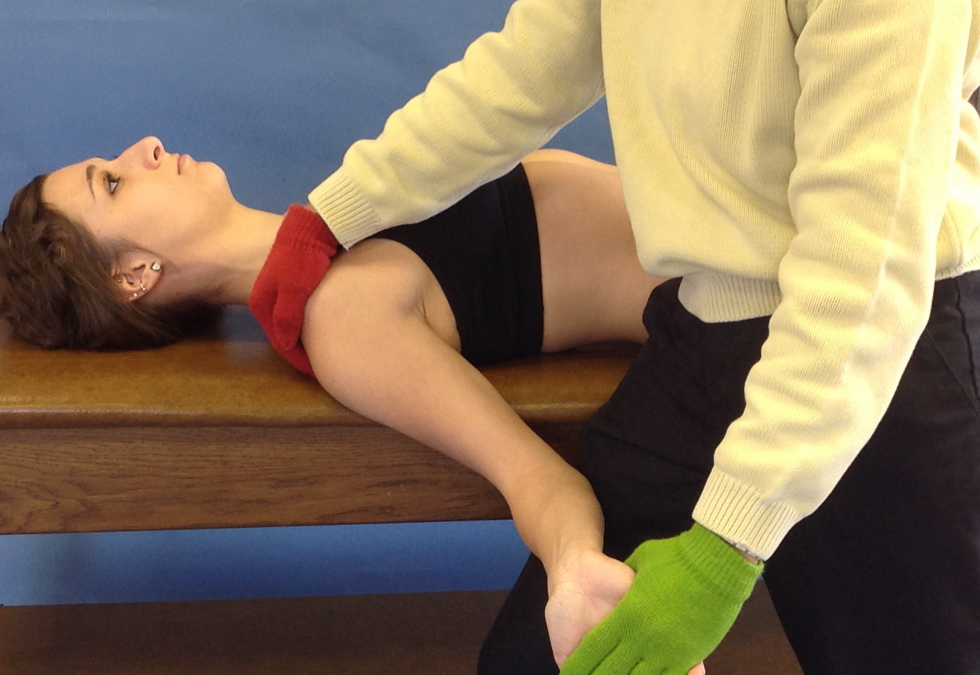
Upper Limb Tension Tests (ULTTs)
ULTT use specific positions of the shoulder, elbow, forearm, wrist and fingers to bias each particular nerve
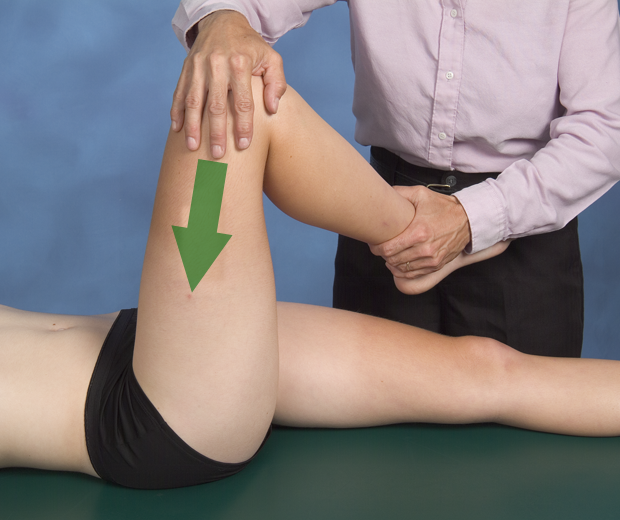
Hip Labral Tests
The combination of mechanism of injury, clinical signs and symptoms, as well as a positive labral test will help identify a labral concern.
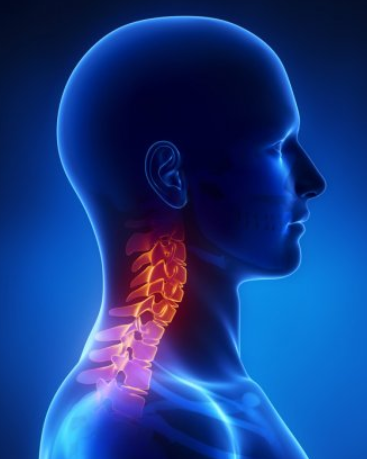
When are C-Spine Radiographs Needed?
The Canadian Spine Rules and the NEXUS Spine Rules provide important algorithms to determine if radiographs are needed.

The Patella – More than Just a Sesamoid Bone
Although the patellofemoral joint is not a true articulation, is serves a very important purpose. As the largest sesamoid bone in the body, it forms the least congruent joint in the body.
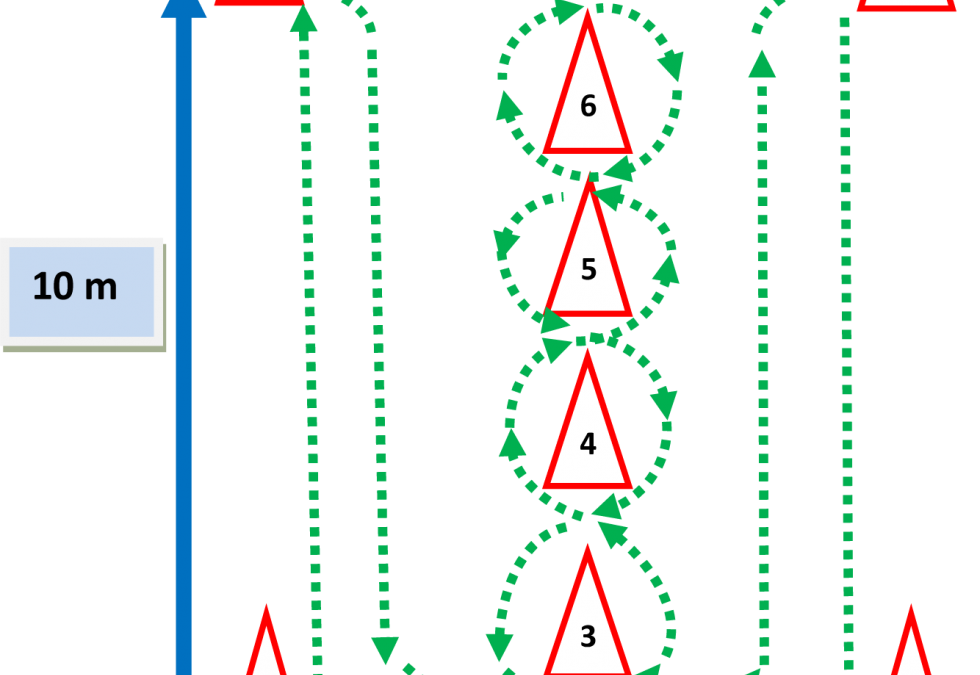
Functional Lower Extremity Tests
There are several tests available for assessing the return to play. Six lower extremity functional tests are discussed to assess strength, symmetry, balance, and/or agility.

Can You Identify Subtle Motor Deficits?
A study by Maranhao, Maranhao-Filho, Lima, and Vincent (2010) studied 13 tests for their ability to detect subtle motor deficits to identify possible unilateral/monohemispheric brain tumors. The results of this study were very interested and provide simple tests with respectable metrics for simple screening of a potentially serious concern.
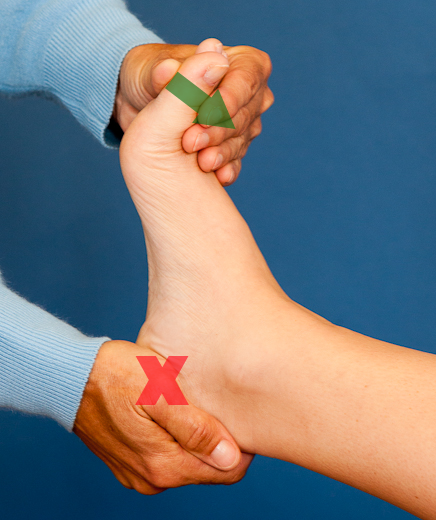
Arches of the Foot: Challenge of Mobility & Stability
There are 3 arches of the foot that provide both mobility and stability to ambulate. There are at least 3 tests that can be used to assess varying types of mobility (or lack of mobility) of the ankle and foot: navicular drop, Coleman block, and windlass test.
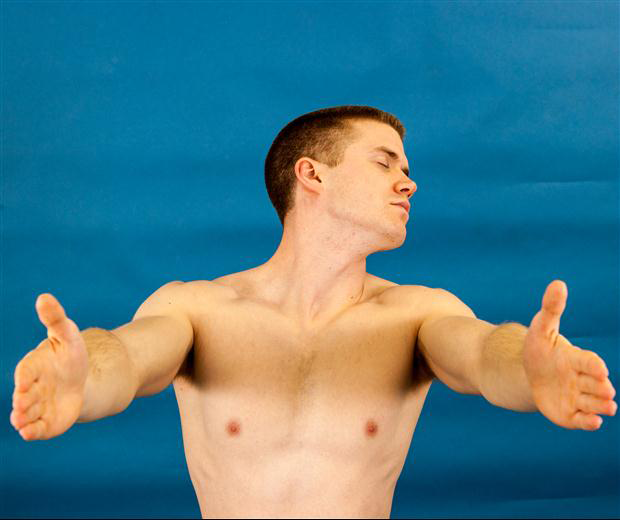
Cervical Spine Vascular Tests
“Many studies of vertebral artery blood flow changes related to cervical spine rotation have been published, but the findings are controversial and the evidence unconvincing.”
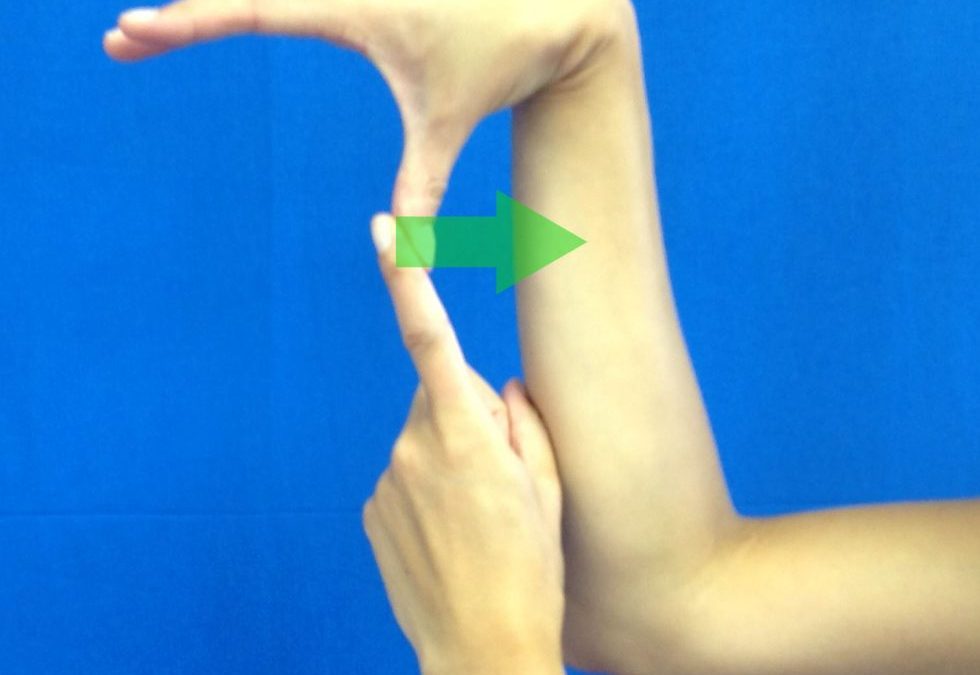
No, You Are Not “Double Jointed”
When joint hypermobility is bilateral, one needs to explore systemic issues. Connective tissue disorders may be a contributing factor. The Beighton tests can help assess the magnitude of joint laxity.

Identifying Early Warning Signs of Cancer
Cancer screening is the best method for detecting cancer as early as possible. It is imperative clinicians perform a thorough medical screen to rule out the possibility of serious or life threatening illnesses.
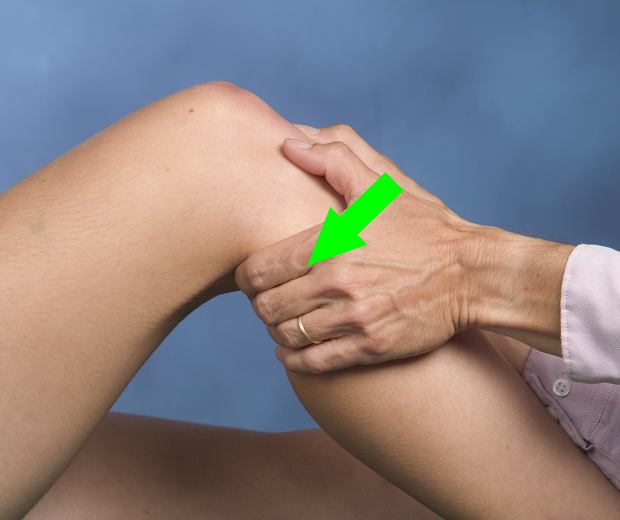
The “Other” Cruciate Ligament, AKA PCL
The posterior cruciate (PCL) is composed of two bands that blend together. It attaches to the posterior intercondylar area and passes anterosuperiorly to insert into the lateral surface of the medial femoral condyle. The PCL is responsible for posterior translation of the tibia on the femur in open kinetic chain and anterior translation of the femur on the tibia in closed kinetic chain.

Challenges of SI Testing: Part 2
Evaluating the SI Joint can be challenging with very small amounts of movement and tests with variable statistical values.
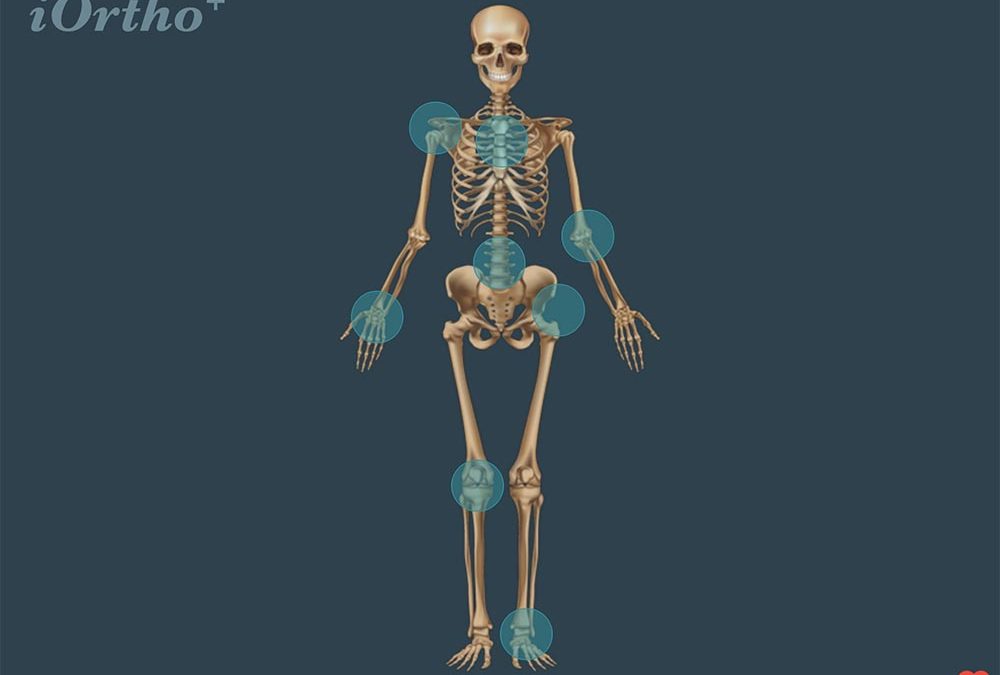
Challenges of SI Testing: Part 1
The SI joint is stabilized by a network of ligaments and muscles. The normal sacroiliac joint has been shown to have approximately 2-4 mm of movement. So yes, the SIJ does move!
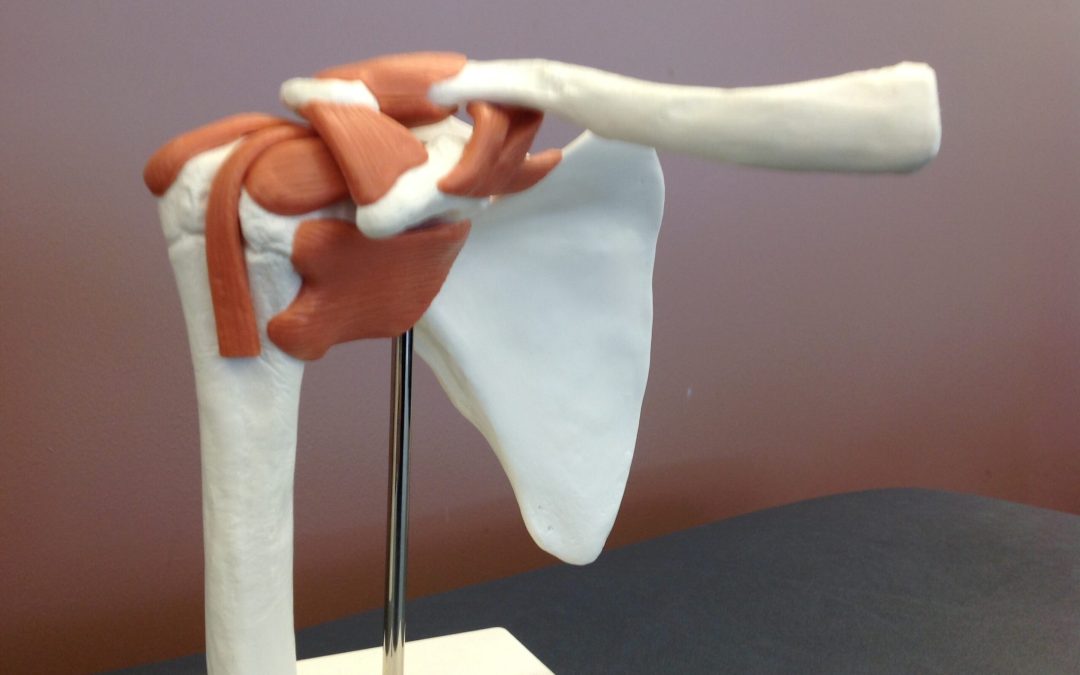
Anatomy is the Root of Differential Diagnosis
Anatomy is the Root of Differential Diagnosis As...
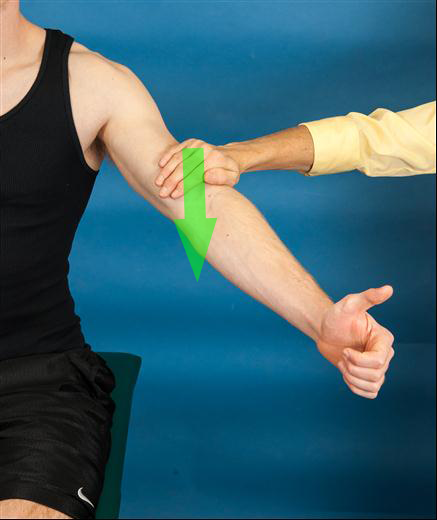
Putting “Special Tests” in Perspective
Assessing the value of “Special Tests” can be a clinical challenge.

The Value of Clustering CTS Tests
Carpal Tunnel Clinical Predictor Rules and clustering of tests are valuable features in the accurate diagnosis of CTS.
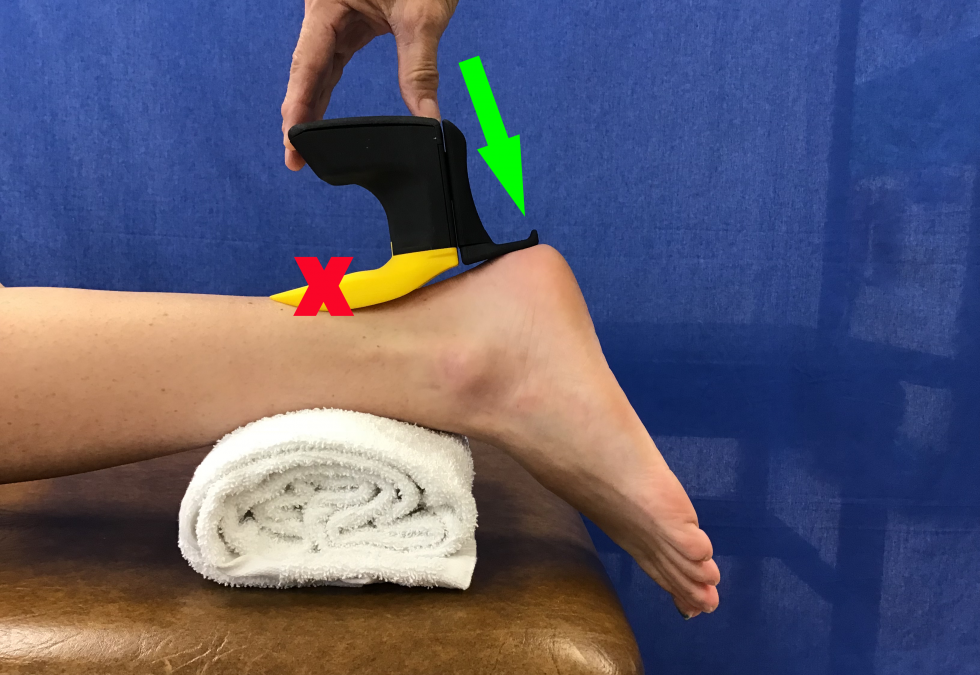
Ankle Mobilization Techniques to Improve Motion
A variety of ankle injuries that could benefit from ankle mobilizations to restore range of motion and function.
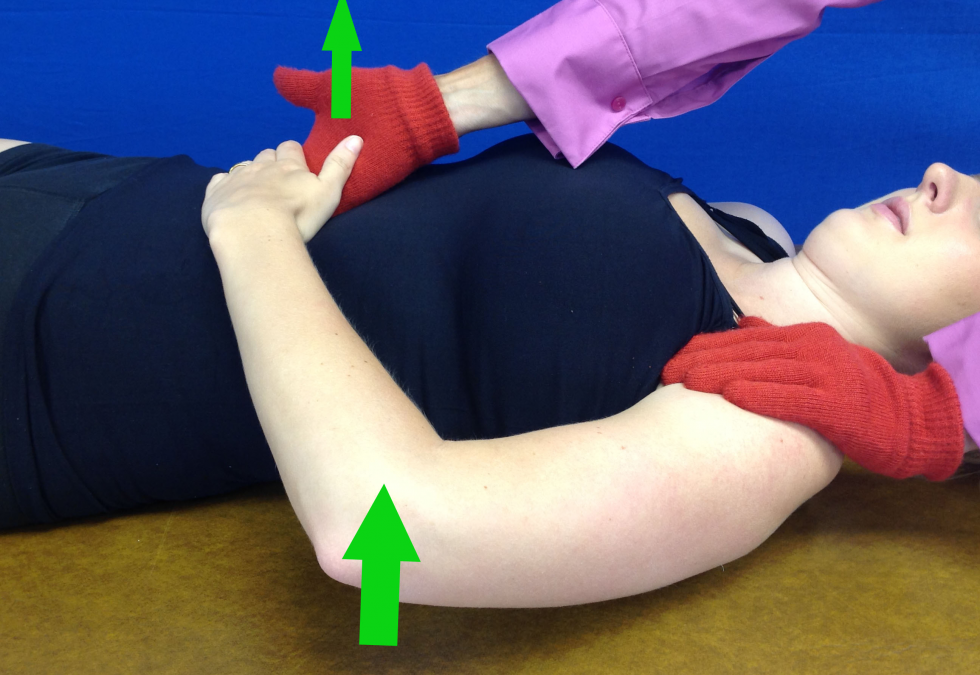
Subscapularis: How is the Largest RC Muscle so Overlooked?
As the largest and strongest cuff muscle, tihe subscapularis is estimated to provide 53% of total cuff strength.

Sharing a Clinical Problem-Solving Scenario
Sharing a Clinical Problem-Solving Scenario Many times I find myself in situations where I wish I could record an athlete/client interaction because of the opportunity for...

Identifying Appendicitis
Identifying Appendicitis Incidence - In the USA,...
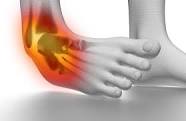
Ankle Sprain Return to Play Recommendations
Ankle Sprain Return to Play Recommendations ***Special thanks to Mithe Berends, Annika Colon, Saige Gomez, and Jesse Tierno (DPT Class of 2023) for their contributions to this post. Ankle sprains are one of the most common...

Importance of Nutrition in Recovery & Repair
Importance of Nutrition in Recovery & Repair Special thanks to DPT students Shea Alcorn, Dan Braccia, Emily Boudeman, McKenna Boyd, Ali Emmett, Liz Fenton, Ben Higgins, Emily Mangold, & Katie Marazzo (Widener University Class of 2024) Connective tissue...
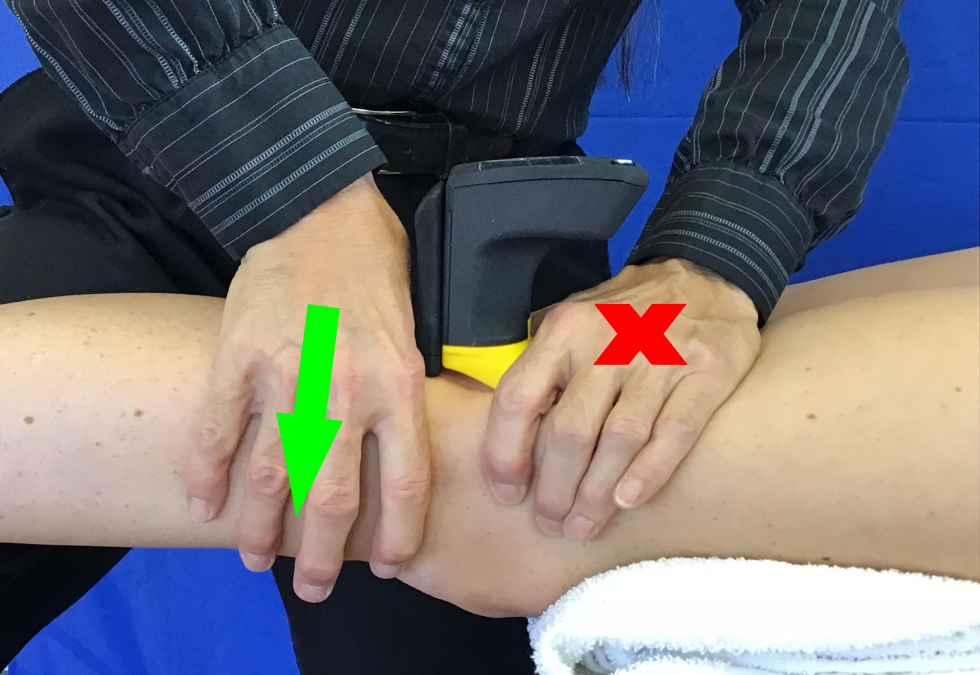
The Knee: More than a hinge joint!
Although knee mobilizations are relatively easy, quantifying millimeters of motion is not a something we should take for granted.

To Measure or Not To Measure: Hip Structural Assessment
Structural tests of the hip can include screening for fractures or local lesions and assessing leg length discrepancy.
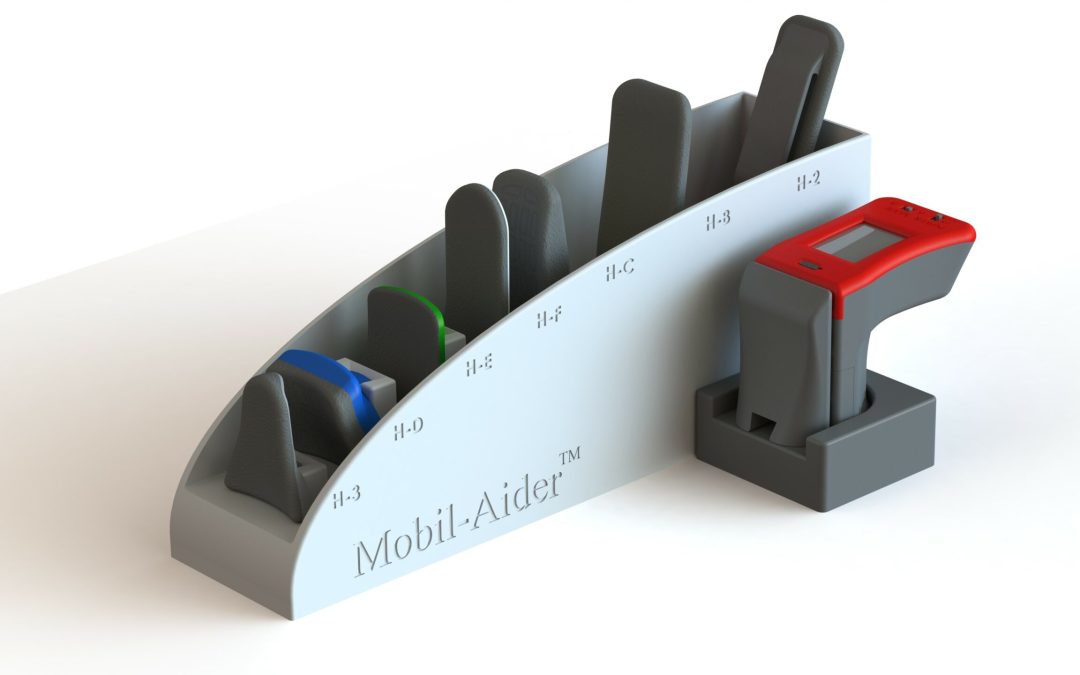
Maximize your Billing Potential with the Mobil-Aider
Maximize your Billing Potential with the Mobil-Aider Measurement Device To date, all of the blogs I have written have related to examination, interventions, or training techniques. Rarely do we see information about billing or payment for services. ...